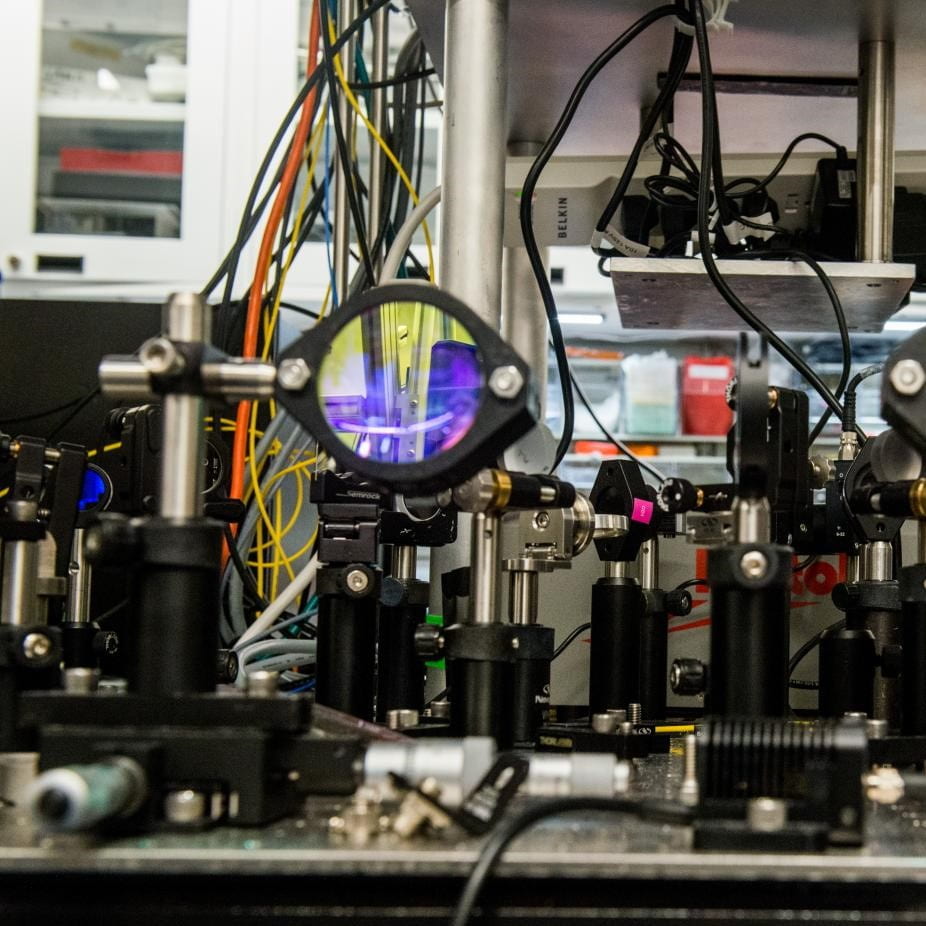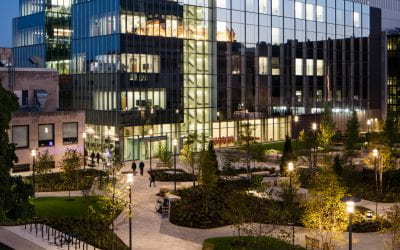The discovery and design of materials for quantum information applications is a key requirement to unleash the full potential of quantum information science.
 This project, funded by AFOSR, aims at building a theoretical and computational framework tightly integrated with experiments to predict, with rapid turn-around, quantum-coherent properties of materials. The predictions will be validated by experiments whose results will in turn be interpreted theoretically.
This project, funded by AFOSR, aims at building a theoretical and computational framework tightly integrated with experiments to predict, with rapid turn-around, quantum-coherent properties of materials. The predictions will be validated by experiments whose results will in turn be interpreted theoretically.
We focus on the design of atomic defects in wide-band-gap semiconductors exhibiting optical and coherence properties appropriate for engineering qubits
A Three-Step Strategy

Identify Promising Defects

Understand and Improve Coherence Properties

Materials Design and Optimization
We are defining procedures to extract descriptors from integrated experiments and calculations to be used for materials optimization and design
NEWS
UChicago and Argonne scientists control quantum memories in semiconductor chips
Quantum technologies have the potential to help create next-generation computers, sensors and communication networks—but doing so requires building a scalable platform in which quantum bits (“qubits”) can be controlled individually and retain information for a long...
The 2020 AFOSR Quantum Information Science and Atomic and Molecular Physics Program Reviews
The 2020 AFOSR Quantum Information Science and Atomic and Molecular Physics Program Reviews are held virtually on July 7-8, 2020 More details are available here:...
Experimental Facilities
Explore the experimental facilities used in this project. The Pritzker Nanofabrication Facility The Pritzker Nanofabrication Facility, completed in 2015, is a major research facility at the University of Chicago. This core facility is focused on supporting basic...



